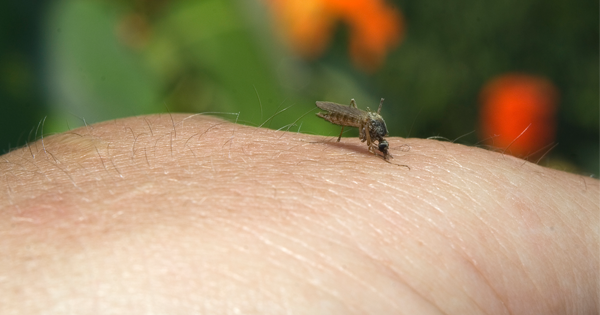Advertisement
Some diseases get into this country without anyone noticing—that is, except for the people who have it.
They’re called “NTDs,” or neglected tropical diseases. And the latest one to pop up in the U.S. is a nasty one called leishmaniasis. It could be caused by parasites from 20 different Leishmania species, and humans get them from sandflies.
Most NTDs are untreatable, and leishmaniasis is no exception. It’s recently been in the news because 20 people died in the U.S. after going on a Honduran rainforest expedition.
Most cases in the U.S. are from people who got it while traveling abroad, so someone catching it in the U.S. is low. But in Oklahoma and Texas in 2012, 13 cases of cutaneous leishmaniasis, which isn’t as severe as visceral leishmaniasis were found. They hadn’t traveled anywhere, so doctors concluded that they had gotten the disease in the U.S.
However, the risk is still really low. The disease is typically only spread by exchange of bodily fluids.
Symptoms of the parasite include weight loss, low blood counts, fever, high levels of immune globin in the blood, and enlargement of the liver and spleen.
Dr. Peter Jay Hotez, dean of the national School of Tropical Medicine at Baylor College of Mdicine, said: “It’s a disease that tends to occur in conditions of extreme poverty, where there are breakdowns in garbage collection and the sand flies that carry it proliferate, and where people live in poor quality dwellings. It has not been a priority for drug development.”
So you probably won't get it, but good luck if you do.




